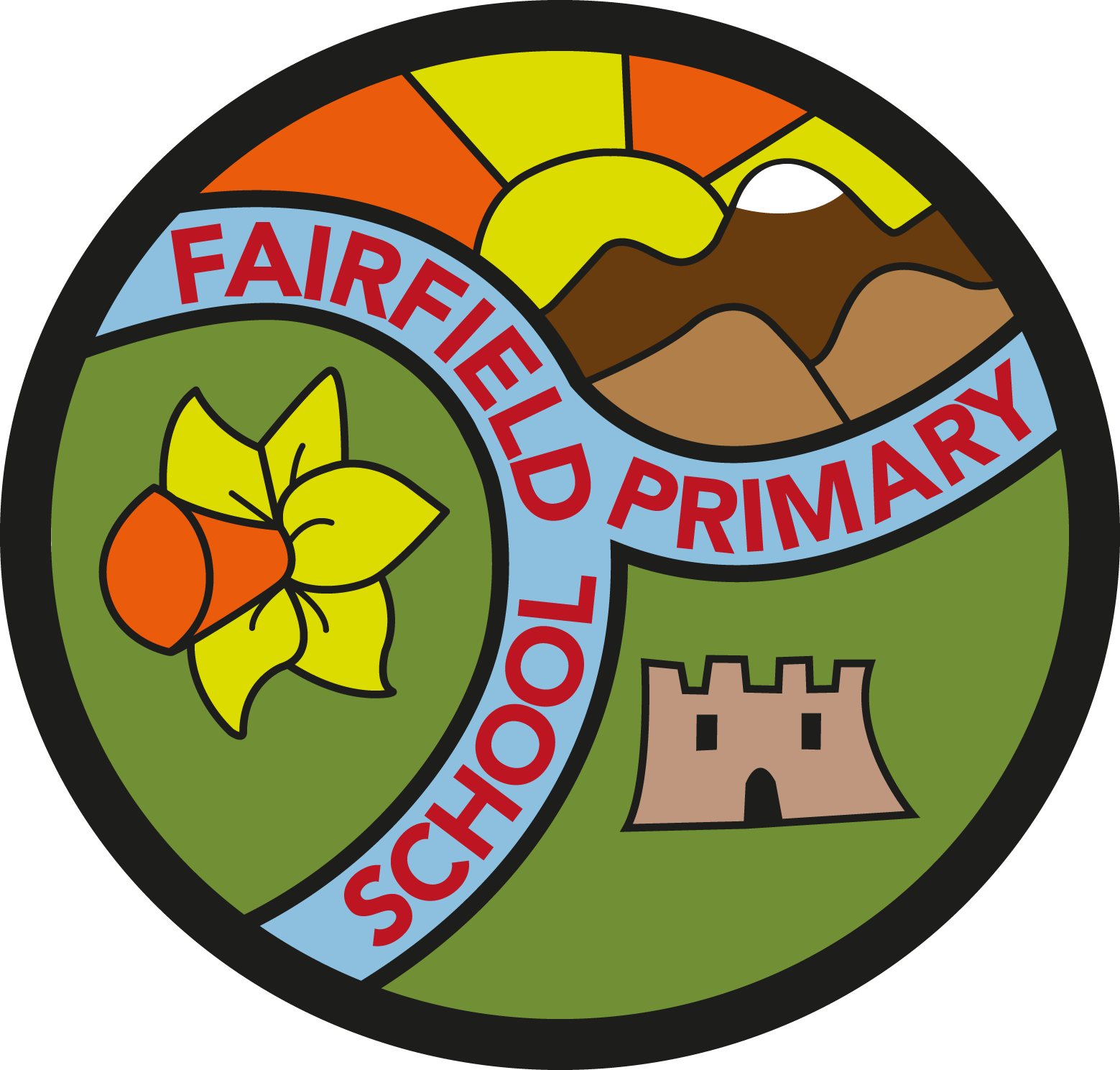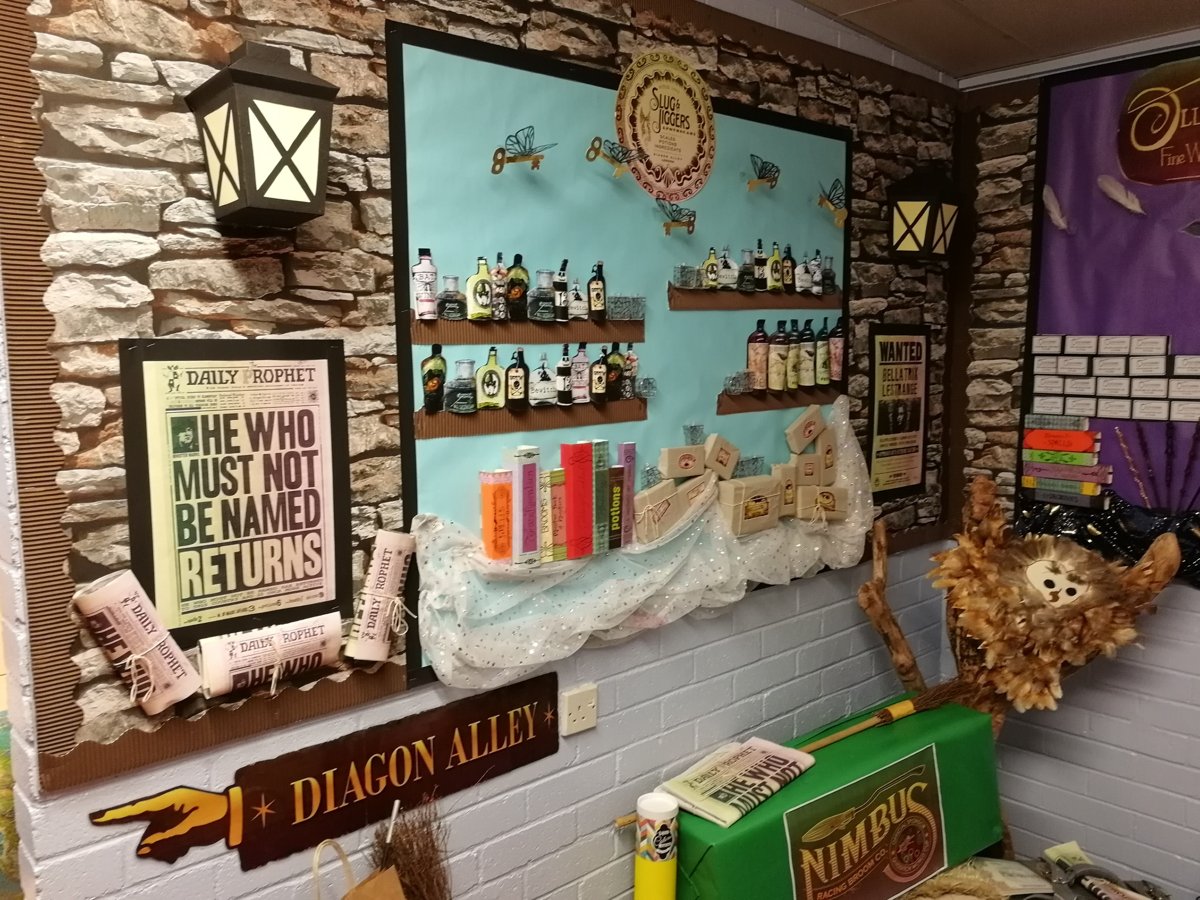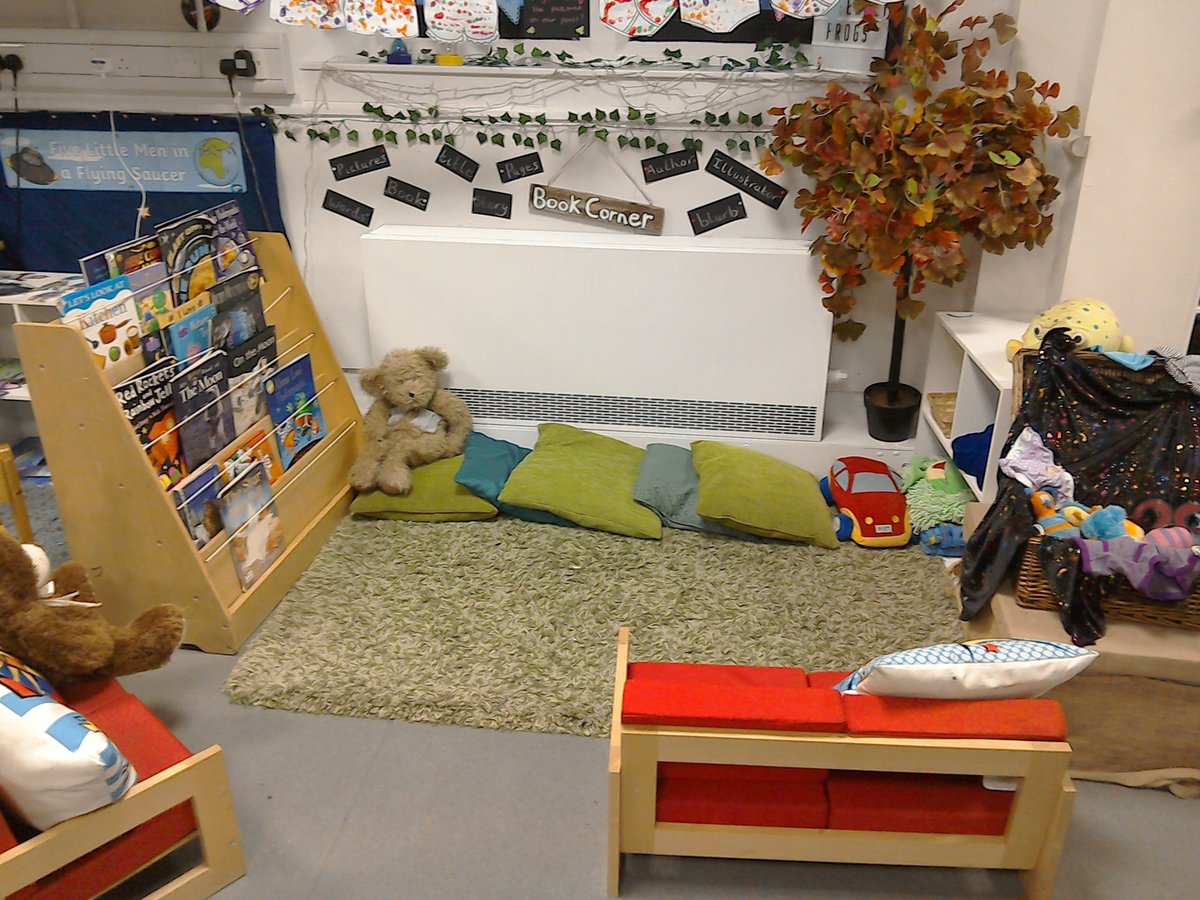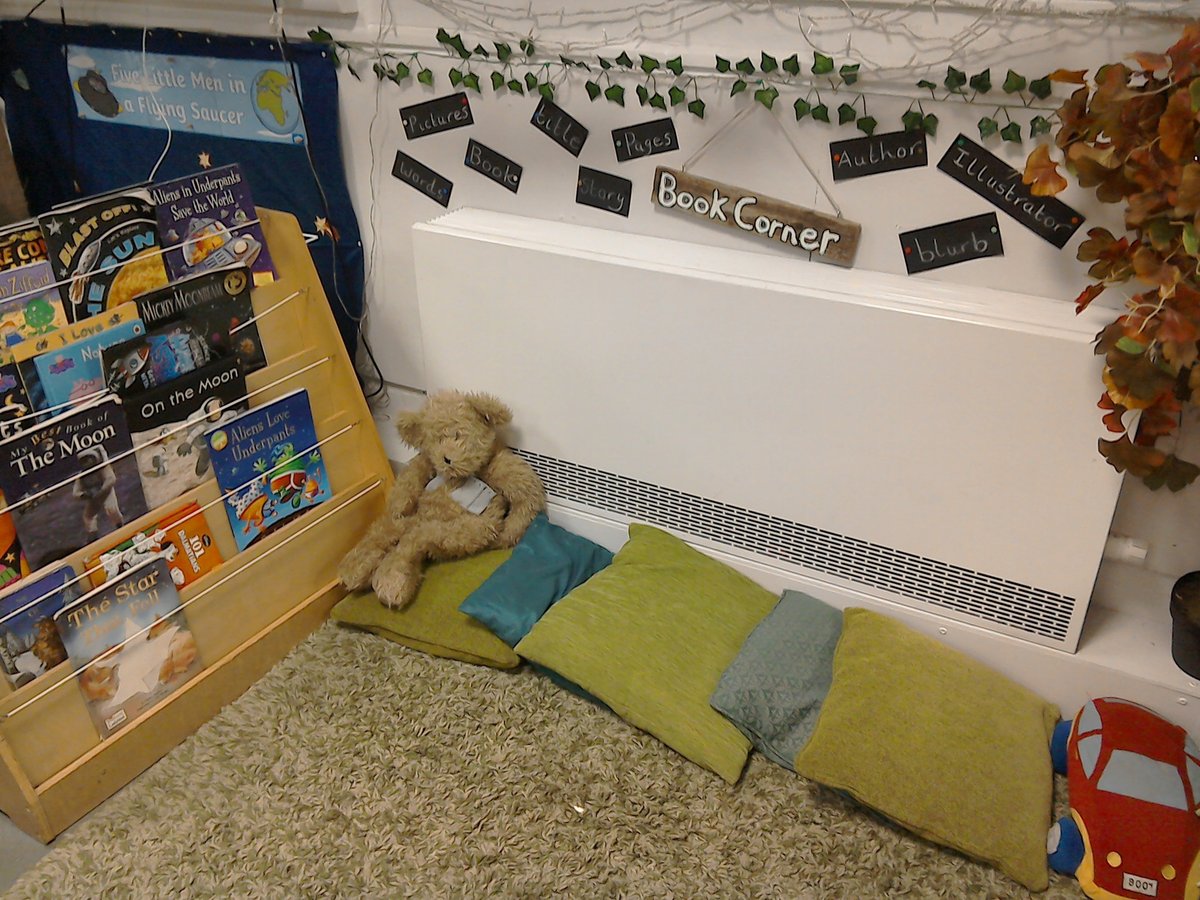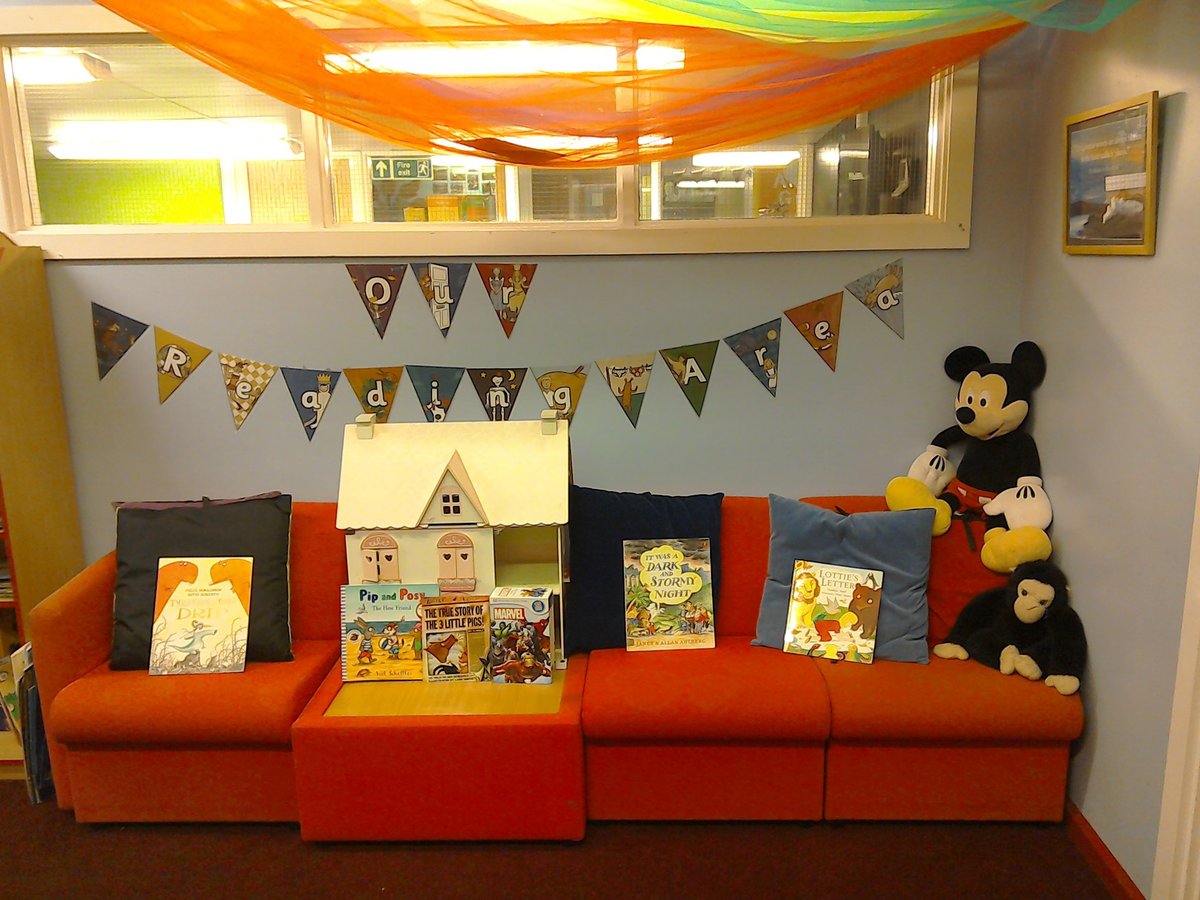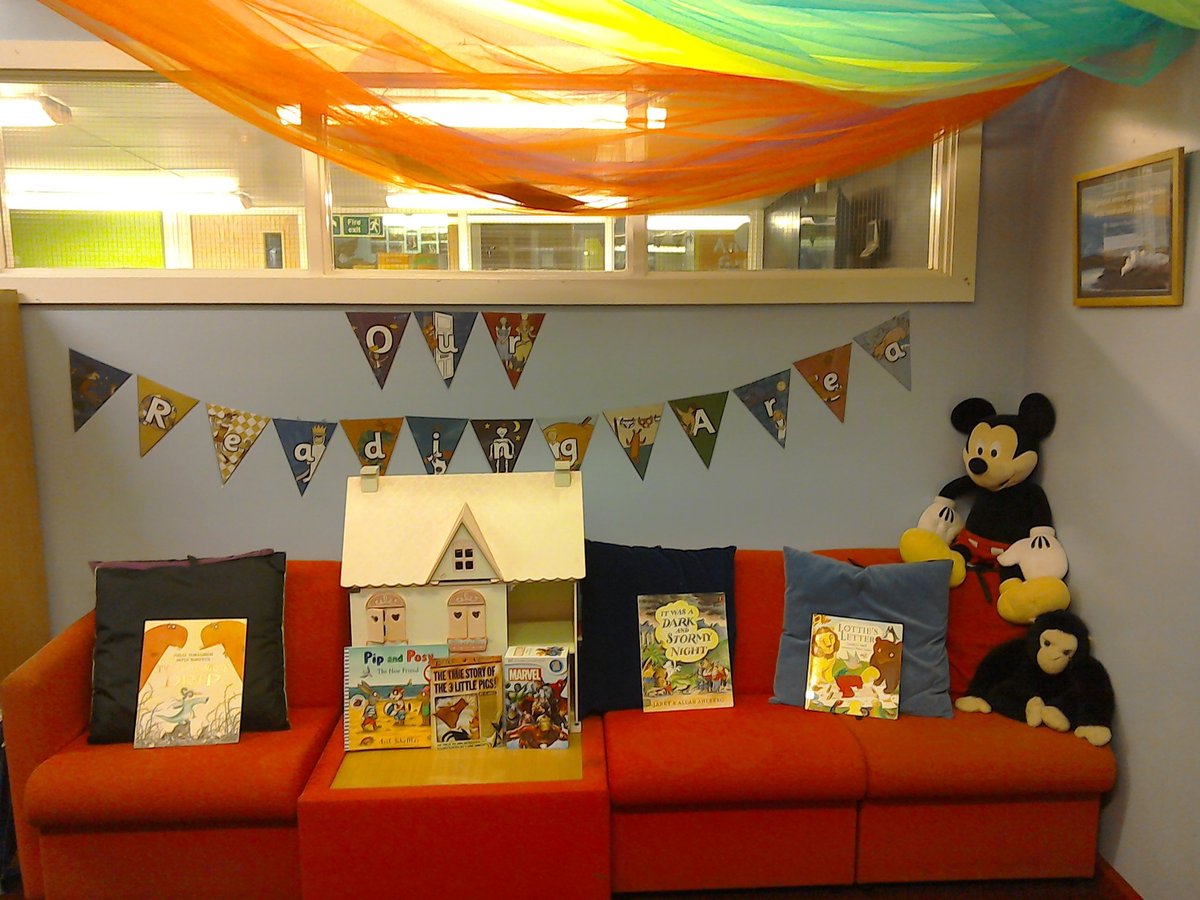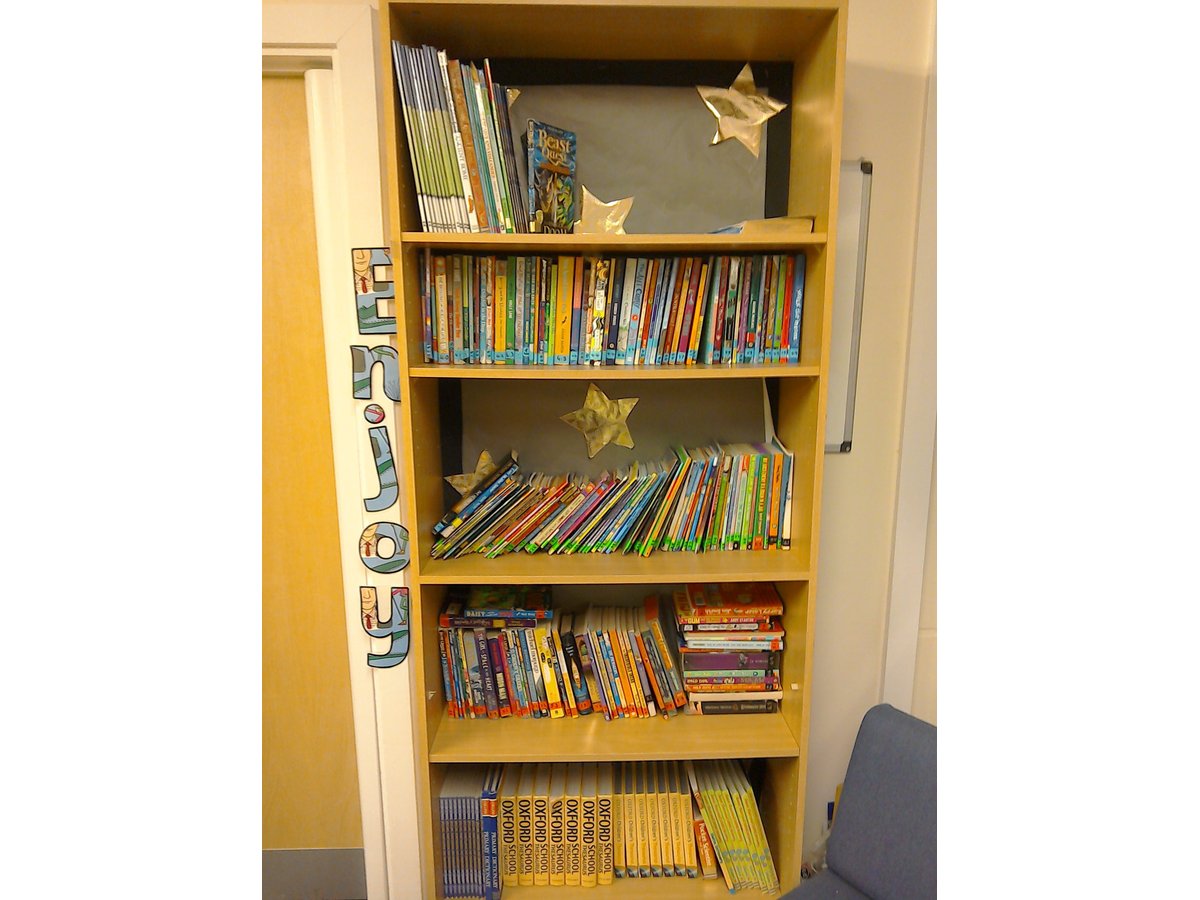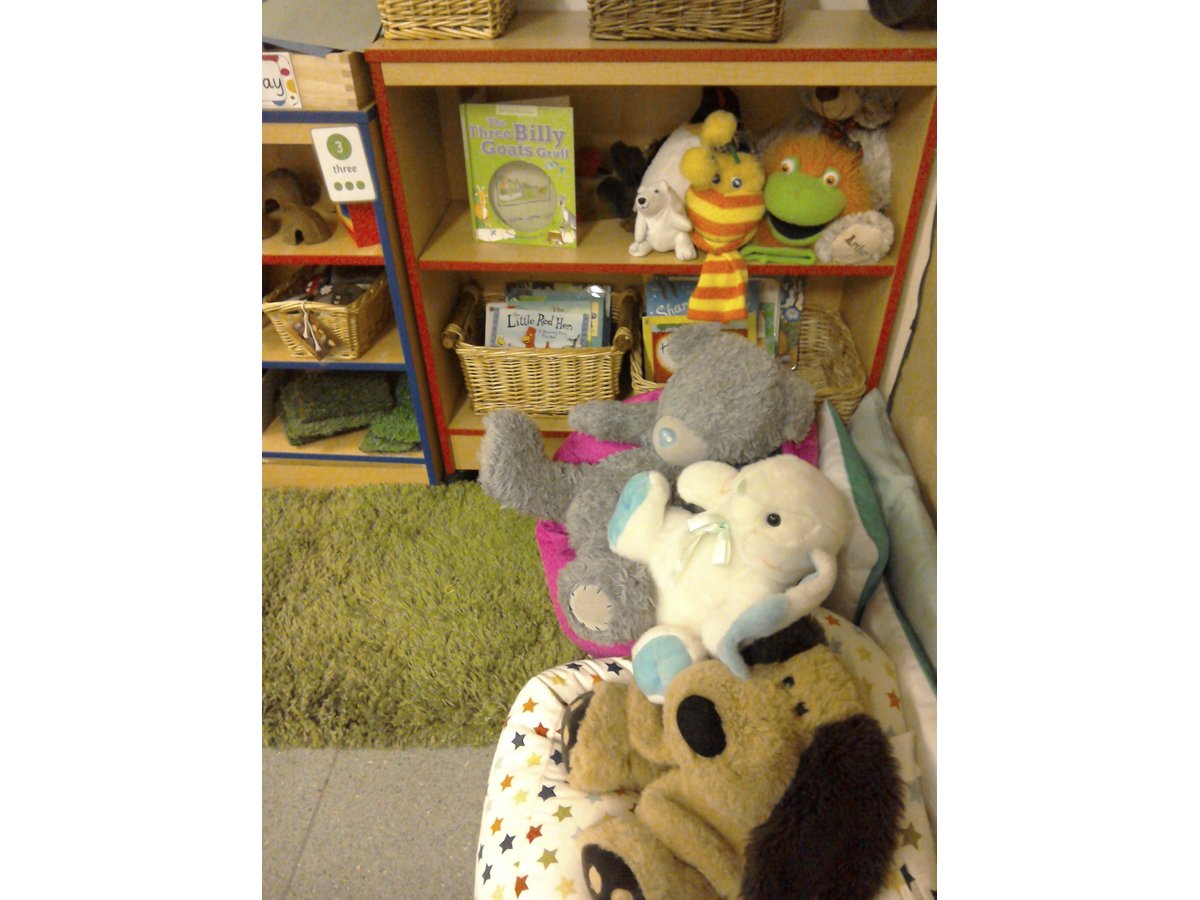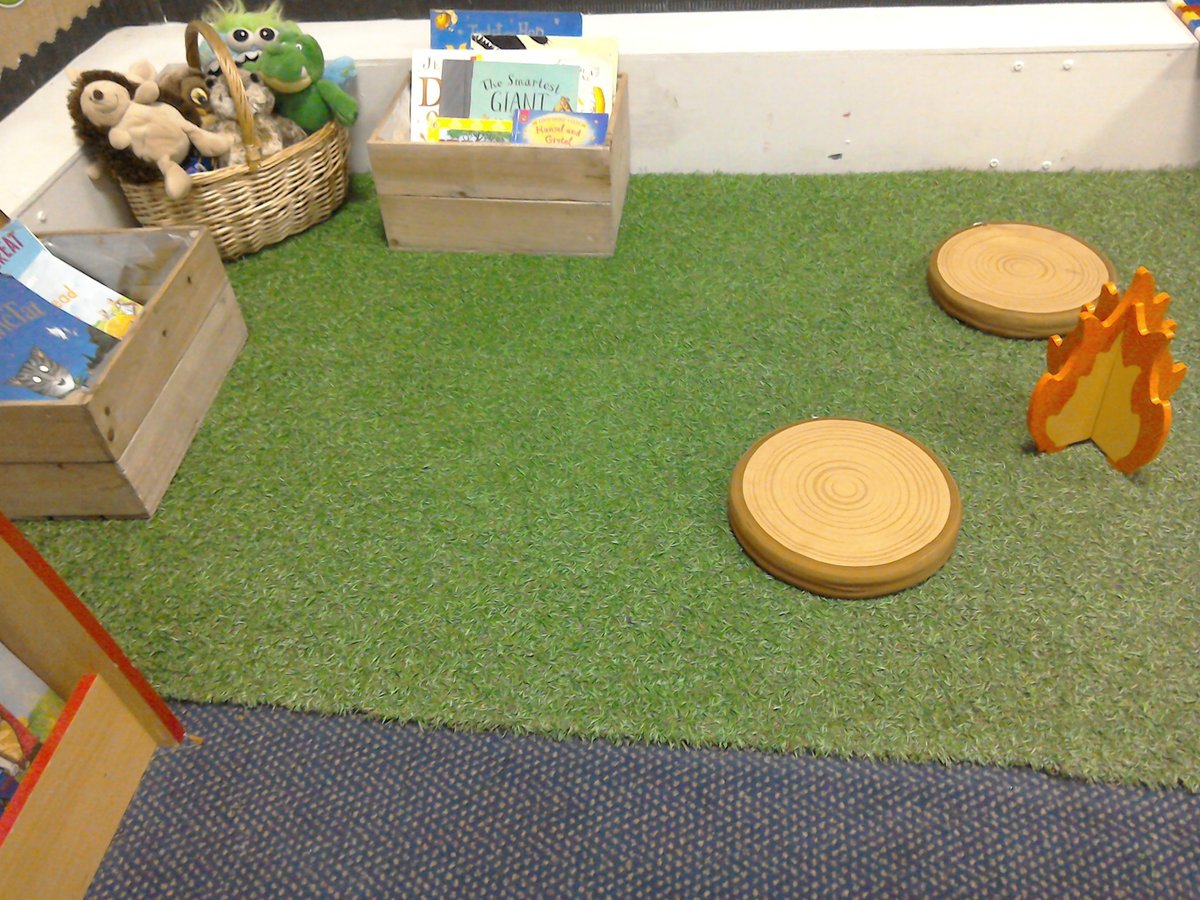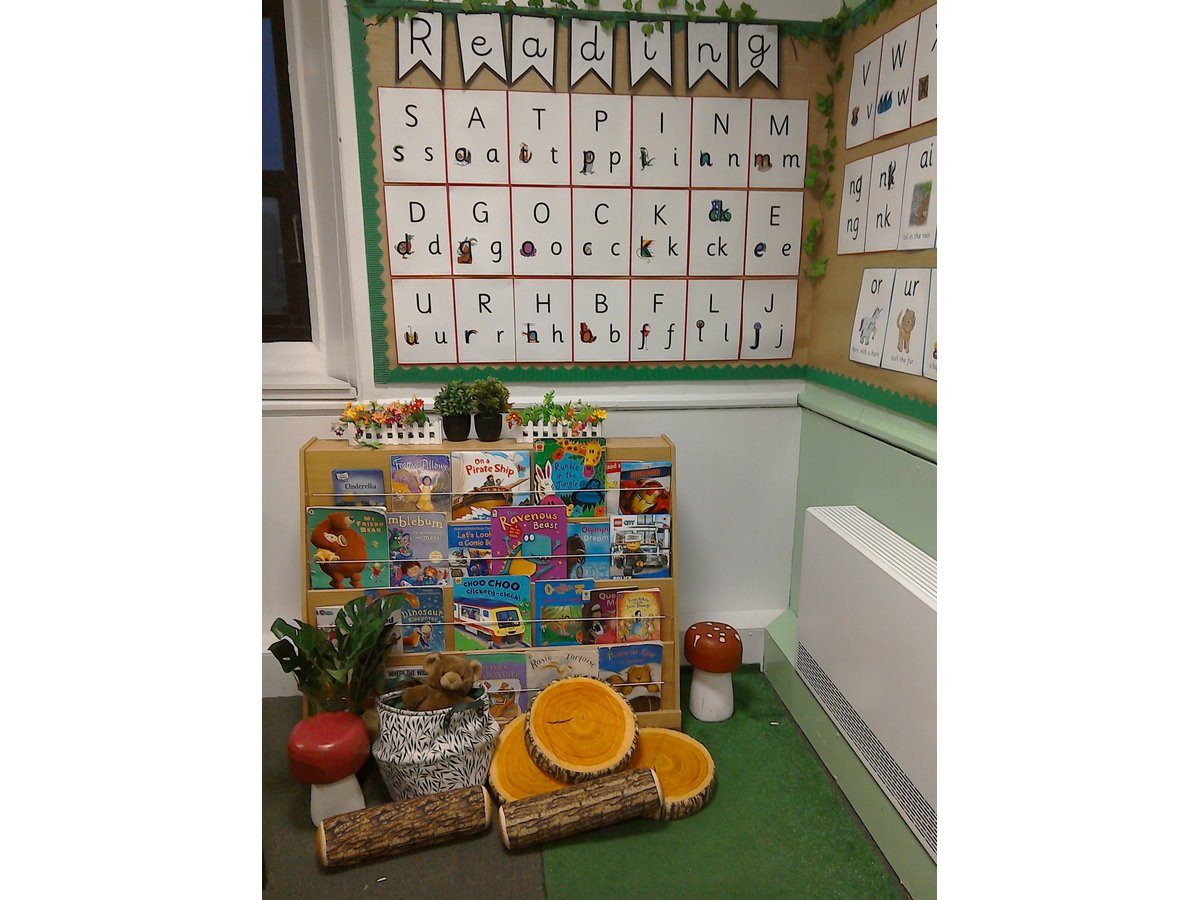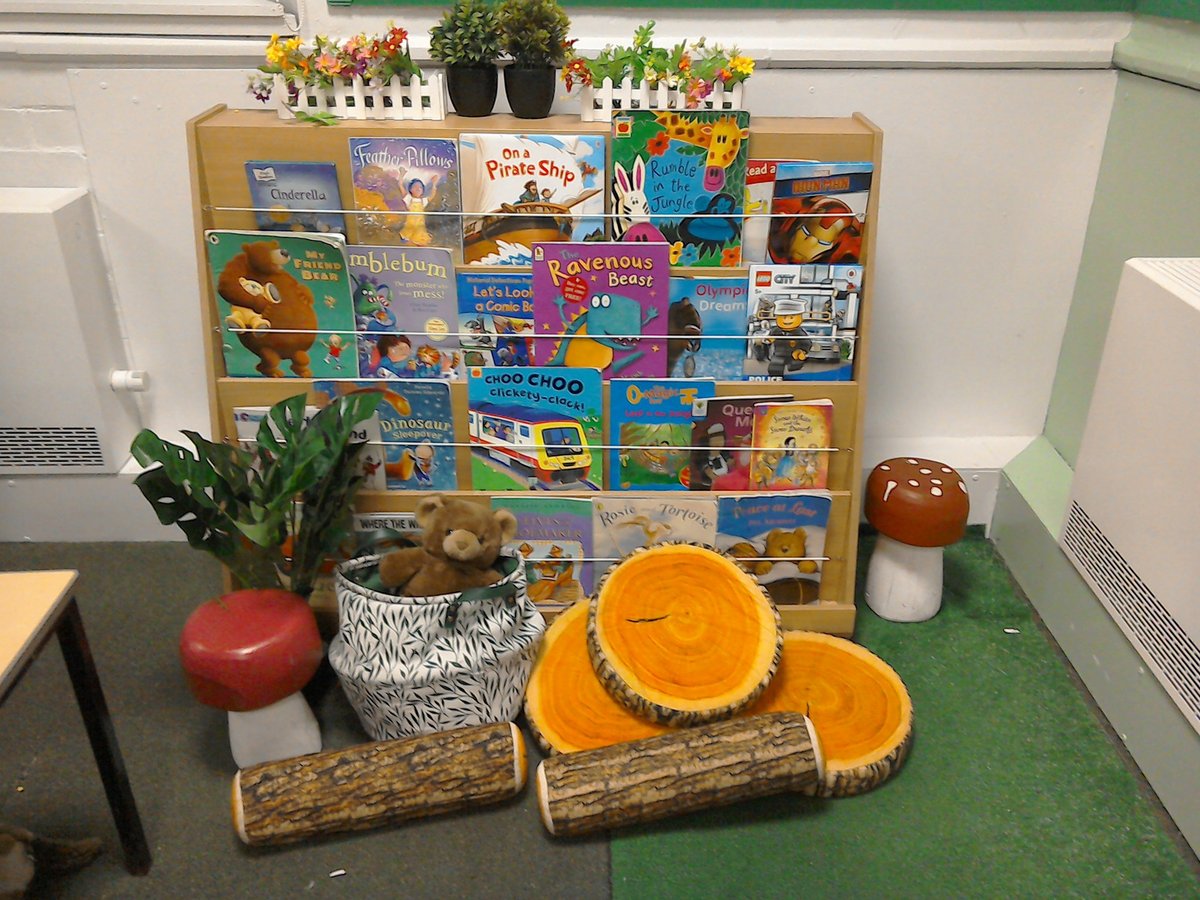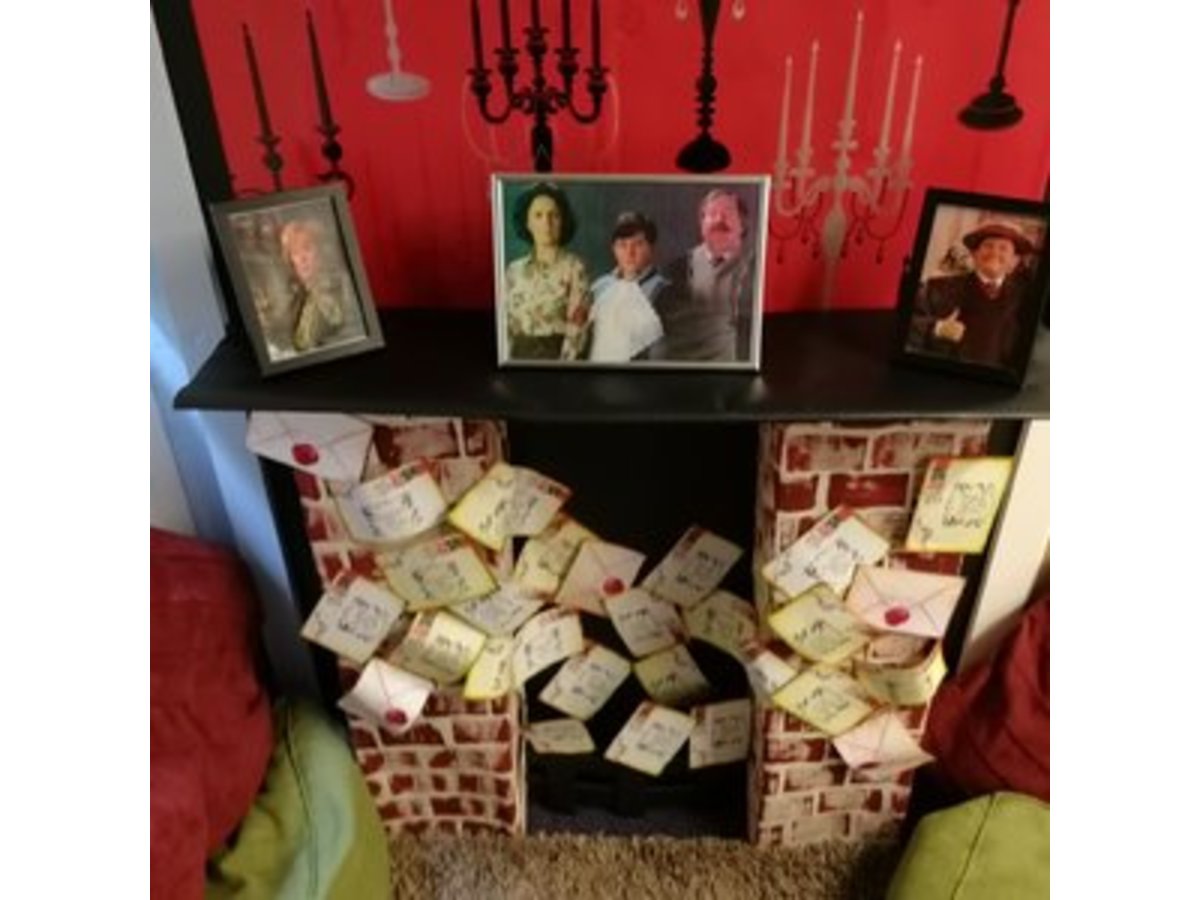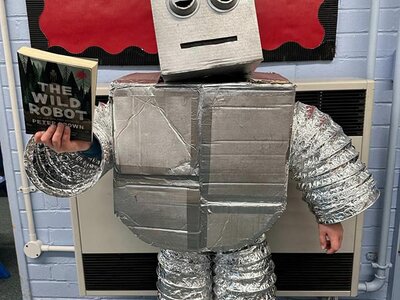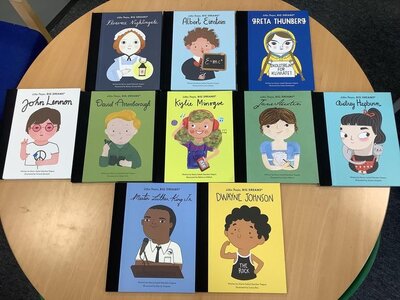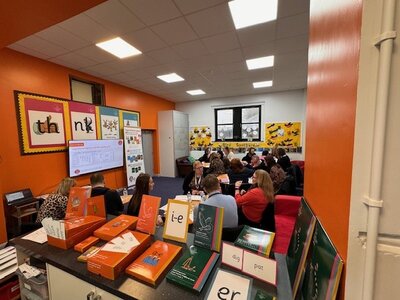Meet the Reading Team
Meet the Reading Team

Miss R Edminson
Literacy Lead

Mrs J Wadsworth

Mrs L Barrow

Mrs T Barrientos

Mrs C Studholme
Reading Policy
Reading Overview
Diversity in Literature
Little Wandle Champion School
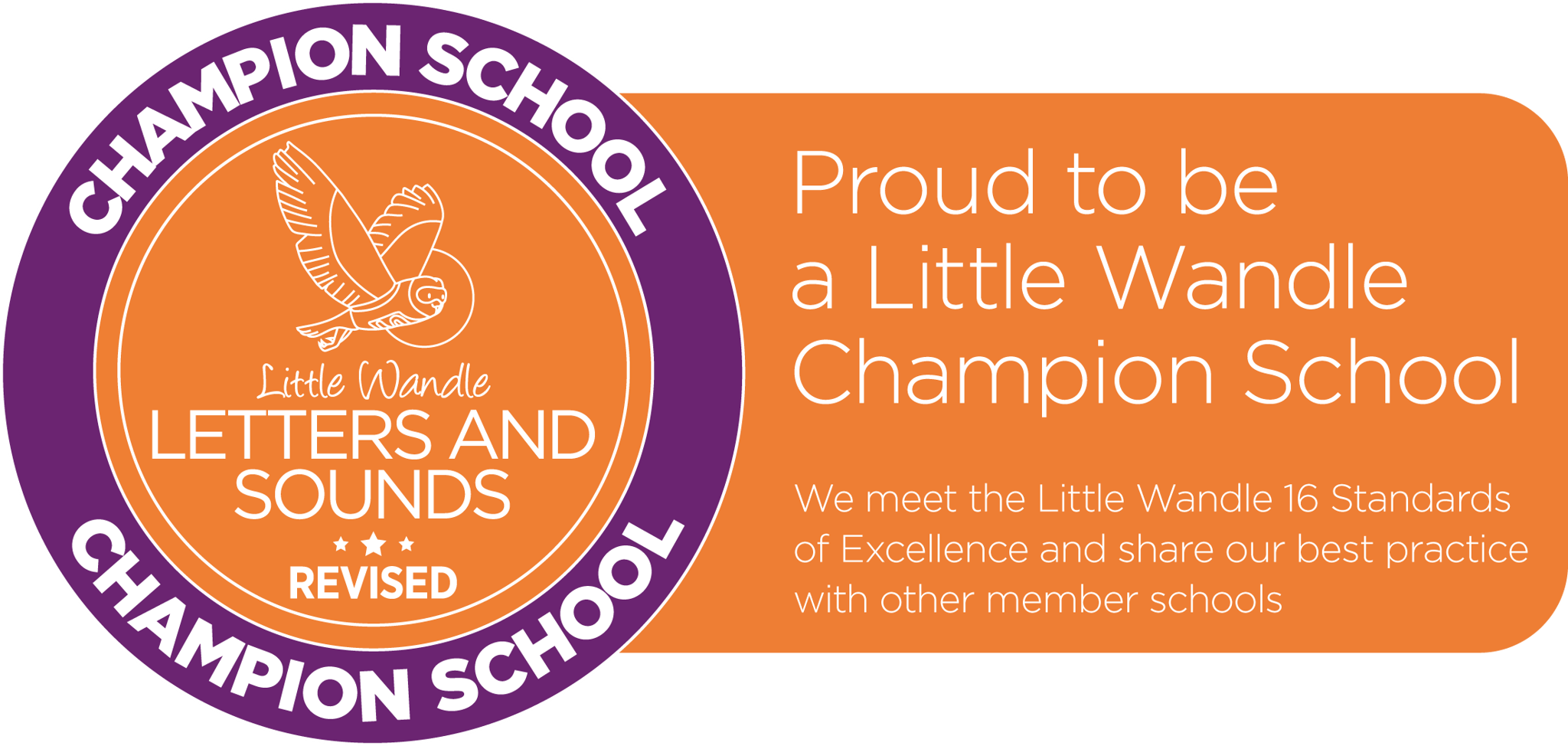
We have become a Little Wandle Champion School! This means our school has met 16 Standards of Excellence in the teaching of early reading and phonics. We will now have other schools coming to see Little Wandle in action at our school and share the wonderful work our staff and children are doing. We are very proud to be part of this fantastic network of Champion Schools across the country.
Reading Curriculum Statement
At Fairfield Primary School, we understand that learning to read is a key life skill and is the foundation for children’s future educational success. We aim to foster a lifelong love of reading by promoting reading for pleasure and creating a culture where children choose to read for their own enjoyment. Through carefully selected texts and our very own Reading Spine, we give children the opportunity to discuss new ideas and develop empathy with characters they meet along the way. As a staff, we are passionate about teaching reading in an exciting and progressive way; giving children the tools and skills required to be successful, independent readers. We understand that teaching reading is our moral duty.
All teachers have a duty to ensure that teaching of reading is comprehensive, vibrant and develops skills for life. In fact, the richness of a young child’s vocabulary is a proven indicator of greater life choices and future earning power.” (Jane Considine, 2017).
Intent
At Fairfield Primary School, we aim to ensure that all pupils:
- Can read developmentally appropriate texts confidently and fluently
- Choose to read for their own enjoyment and become passionate lifelong readers
- Acquire strong understanding and comprehension skills through challenging discussions
- Progress to being able to analyse the authors choice of writing conventions and how these impact the reader
- Have the opportunity to read a broad variety of quality texts from different genres and authors.
- Have opportunities to read across the curriculum and use texts to discover and retrieve information.
- Acquire a rich and varied vocabulary
- Can demonstrate strong speaking and listening skills and are confident in participating in debates and drama activities
- Use the literature that they have explored to inspire their own writing.
Key Stage 1 Reading & Phonics Provision
Here at Fairfield Primary School our aim is to ensure that all children reach their full potential and become confident, creative and fluent readers and writers. Underpinning children’s success as early readers and writers is their knowledge and understanding of letters and sounds within the English Language- which is taught to them through Phonics.
Phonics Intent
Phonics (reading and spelling)
At Fairfield Primary School, we believe that all our children can become fluent readers and writers. This is why we teach reading through Little Wandle Letters and Sounds Revised, which is a systematic and synthetic phonics programme. We start teaching phonics in Nursery/Reception and follow the Little Wandle Letters and Sounds Revised progression, which ensures children build on their growing knowledge of the alphabetic code, mastering phonics to read and spell as they move through school.
As a result, all our children are able to tackle any unfamiliar words as they read. At Fairfield Primary School, we also model the application of the alphabetic code through phonics in shared reading and writing, both inside and outside of the phonics lesson and across the curriculum. We have a strong focus on language development for our children because we know that speaking and listening are crucial skills for reading and writing in all subjects.
Comprehension
At Fairfield Primary School, we value reading as a crucial life skill. By the time children leave us, they read confidently for meaning and regularly enjoy reading for pleasure. Our readers are equipped with the tools to tackle unfamiliar vocabulary. We encourage our children to see themselves as readers for both pleasure and purpose and, because we believe teaching every child to read is so important, we have a Reading Leader who drives the early reading programme in our school. This person is highly skilled at teaching phonics and reading, and they support and coach our designated Reading Team and team of highly trained staff, so everyone teaches with fidelity to the Little Wandle Letters and Sounds Revised programme.
Implementation
Foundations for phonics in Nursery
We provide a balance of child-led and adult-led experiences for all children that meet the curriculum expectations for ‘Communication and Language’ and ‘Literacy’. These include:
- sharing high-quality stories and poems
- learning a range of nursery rhymes and action rhymes
- activities that develop focused listening and attention, including oral blending
- attention to high-quality language.
We ensure Nursery children are well prepared to begin learning grapheme-phoneme correspondences (GPCs) and blending in Reception.
Daily phonics lessons in Reception and Year 1
We teach phonics for 30 minutes a day. In Reception, we build from 10-minute lessons, with additional daily oral blending games, to the full-length lesson as quickly as possible. Each Friday, we review the week’s teaching to help children become fluent readers.
Children make a strong start in Reception: teaching begins in Week 2 of the Autumn term.
We follow the Little Wandle Letters and Sounds Revised expectations of progress.
Below outlines the teaching sequence for Little Wandle. We follow the sequence in our teaching, but ensure that the children are learning sounds at an appropriate level for their developmental stage:
- Children in Reception are taught to read and spell words using Phase 2 and 3 GPCs, and words with adjacent consonants (Phase 4) with fluency and accuracy.
- Children in Year 1 review Phase 3 and 4 and are taught to read and spell words using Phase 5 GPCs with fluency and accuracy.
Year 2
- In Year 2, children begin to develop their reading comprehension skills through regular use of our ‘Cracking Comprehension’ scheme. They read books with increasingly complex words and are exposed to rich vocabulary.
Keep-up lessons ensure every child learns to read
- Any child, who needs additional practice, has Keep-Up Support, taught by a fully trained adult. Keep-up lessons match the structure of class teaching, and use the same procedures, resources and mantras, but in smaller steps with more repetition, so that every child secures their learning.
- We timetable daily phonics lessons for any child in Year 2 who is not fully fluent at reading or has not passed the Phonics Screening Check. These children urgently need to catch up, so the gap between themselves and their peers does not widen.
Teaching reading: Reading practice sessions three times a week
We teach children to read through reading practice sessions three times a week. These:
- are taught by a fully trained adult to small groups of approximately six children
- use books matched to the children’s secure phonic knowledge using the Little Wandle Letters and Sounds Revised assessments and book matching grids on pages 11–20 of ‘Application of phonics to reading’
- are monitored by the class teacher, who rotates and works with each group on a regular basis.
Each reading practice session has a clear focus, so that the demands of the session do not overload the children’s working memory. The reading practice sessions have been designed to focus on three key reading skills:
- decoding
- prosody: teaching children to read with understanding and expression
- comprehension: teaching children to understand the text.
Home reading
Children are given decodable reading books to take home and practise their reading with. These contain previously taught sounds and the focus sounds which children are learning.
Reading for pleasure books also go home for parents/guardians to share and read to children.
Ensuring consistency and pace of progress
All staff teaching Phonics have been trained to teach the Little Wandle Scheme, so we have the same expectations of progress. We all use the same language, routines and resources to teach children to read so that we lower children’s cognitive load.
Weekly content grids map each element of new learning to each day, week and term for the duration of the programme.
Lesson templates, prompt cards and how to videos ensure teachers all have a consistent approach and structure for each lesson.
The Reading Leader regularly monitors and coaches teachers.
Phonics: Little Wandle Parent Support Documents
Please click on the following link for further information and guidance: https://www.littlewandlelettersandsounds.org.uk/resources/for-parents/
Key Stage 2 Reading Provision
In Key Stage 2, we are committed to stimulating a passion for reading and we pride ourselves on our promotion of children reading for pleasure. We take inspiration from leading names in the field of literature, who state: ‘It is not enough to simply teach children to read; we have to give them something worth reading. Something that will stretch their imaginations, something that will help them make sense of their own lives and encourage them to reach out toward people whose lives are quite different from their own” (Katherine Patterson).
Therefore, reading for pleasure is a core part of every child’s educational entitlement in Key Stage 2. We believe that extensive exposure to a wide range of texts (both fictional and non-fictional) significantly contributes to every child’s achievement. This is because it broadens their minds and exposes them to new vocabulary and understanding. We aim for our pupils to become lifelong readers for purpose and pleasure. We enhance both the child’s fluency and comprehension ability across all genres of texts. This is achieved by daily independent reading for pleasure; whole-class text study; daily comprehension activities and through exposing children to a wealth of texts.
We strongly believe that by providing our children with the life-long gift of reading, we show them that literature has the power to console, heal, transform and inspire them, for the rest of their lives. We promote the fact that reading can enhance a child’s literacy skills in all areas- particularly writing. Therefore, we use our class text(s) to stimulate our writing. All pupils will study chosen class-texts in depth and complete a whole unit of work based around a particular book.
The reading provision in Key Stage 2 at Fairfield Primary School consists of the following main elements:
All of our staff in Key Stage 2 act as reading role models and continuously share and promote their pleasure and enjoyment of a wide-variety of texts. The sharing and discussion about books and other reading materials is frequent and regular. Moreover, all pupils have access to a wide range of fiction, poetry and non-fiction in different formats. We are always willing to widen our knowledge of what is available to interest all children and regularly purchase new books, to keep our library shelves up to date.
In Year 3, children who have not passed their Phonics Screening Check receive daily intervention through Little Wandle's Rapid Catch-Up Programme.
Accelerated Reader
Accelerated Reader (AR) is a computer program that helps teachers manage and monitor children’s independent reading practice. At Fairfield Primary School, children in Year 3 - Year 5 use AR, with some children in Year 2 using the system after Christmas.
How does Accelerated Reader work?
Your child picks a book at his/her own level and reads it at his/her own pace. When finished, your child takes a short quiz on the computer (passing the quiz is an indication that your child understood what was read.) AR gives both children and teachers feedback based on the quiz results, which the teacher then uses to help your child set targets and direct ongoing reading practice.
Children using AR choose their own books, rather than having one assigned to them. This makes reading a much more enjoyable experience as they can choose books that are interesting to them. Children can also take quizzes on books that have been read to them, e.g. by parents and teachers.
How much will my child read during the school day?
According to research, children who read at least 20 minutes a day in school and 20 minutes a day at home with a 90% comprehension rate (average percentage correct) on AR quizzes see the greatest gains. Therefore, your child will have 20 minutes set aside for reading during each school day. We would strongly encourage you to replicate this at home too.
How does the school determine my child’s reading level?
Teachers determine your child’s reading level in one of three ways: a STAR Reading™ test, a reading age estimation from a standardised test or by using their best professional judgement based on their knowledge of your child. STAR Reading is a computerised reading assessment that uses computer-adaptive technology. Questions continually adjust to your child’s responses. If the child’s response to a question is correct, the difficulty level of the next question is increased. If the child misses a question, the difficulty level of the next question is reduced. The test uses multiple-choice questions and takes approximately 10 minutes.
What is a Zone of Proximal Development (ZPD)?
In independent literature-based reading, ZPD is the range of books that will challenge a child without causing frustration or loss of motivation. Your child will receive a ZPD range after taking a STAR Reading test or teachers can use their best professional judgement to determine a ZPD. It is important for children to read with a high degree of comprehension and within their ZPDs. ZPDs should be adjusted based on the needs of your child.
What are points?
Every book that has an AR Reading Practice Quiz is given a point value. AR points are computed based on the difficulty of the book and the length of the book. Children earn points, or a portion of a book’s points, depending on how well they do on the Reading Practice Quiz. For example, a child who takes a 5-question quiz on a book worth 1 point will earn 1 point for 5 correct answers (100%), 0.8 point for 4 correct answers (80%), etc. A child who reads a book worth 5 points and takes a 10-question quiz will earn 5 points for 10 correct answers (100%), 4.5 points for 9 correct answers (90%), etc.
For quizzes with 3, 5 or 10 questions, a child needs to pass a quiz with a score of 60% or higher to earn points. For quizzes with 20 questions, a child needs to pass with a score of 70% or higher to earn points.
Here at Fairfield, we celebrate the children's reading success in our popular Celebration Assemblies; such rewards aid motivation and engagement.
How will I know if a book has an AR quiz?
To know which quizzes your school has available, contact your child’s teacher or librarian. You can also visit the AR BookFinder™ at www.arbookfind.co.uk to conduct a search of all available books with AR quizzes.
Reading Interventions
Here at Fairfield Primary School, we have devised a very successful approach to Reading Intervention. Our approach is outlined in our 'Wave Models' below.
Reading Intervention
Reading Areas
Reading corners are an important aspect of Fairfield Primary’s ‘Reading for Pleasure’ provision. Every classroom has a reading area- a place where children can enjoy reading books together and discover new genres. As the Reading Framework 2021 states ‘Well chosen books should capture children’s imagination to such an extent that they become unaware of whether they are sitting on a beanbag, an ordinary classroom chair or a bench in the book corner’. All classroom reading corners are regularly refreshed with new and exciting texts. Pupil voice is integral to our reading provision, and children are asked for recommendations before the school purchases new texts. At Fairfield Primary, we understand that the most important aspect of a reading corner- is the quality of texts which children have access to. Our reading corners, however, particularly in EYFS and KS1- are designed to be inviting, magical spaces where children can foster a love of reading. Please see the images below, for examples of our classroom reading corners:
Recommended Reads
Here at Fairfield Primary School, we aspire to be an outstanding reading School. Therefore, our staff have selected twenty core texts for each year group. The books for Key Stage 2 are displayed below in separate tables for each year group and we hope your child will become very familiar with these titles during their time in Key Stage 2. These texts are available to read in school. If you wish to support your child with their breadth of reading then please feel free to read these books at home to and with your child. We hope that these book lists might play a part in birthday, Christmas or general “book treat” purchases from family and friends.
Recommended Reads
A Culture of Reading
How can I help my child become a better reader?
As with anything, performance improves with practice. Encourage your child to read at home. Create a culture of reading in your household by reading with your child, starting a home library, visiting your local library or bookshop on a regular basis, letting your child see you reading and discussing books that each of you have read. When reading with your child, stop and ask questions to be sure your child is comprehending what is read. Reading with your child, no matter what the child’s age, is an important part of developing a good reader, building a lifelong love of reading and learning and creating a loving relationship between you and your child. Make learning a family affair!
At Fairfield Primary School, we have written our very own 'Parent Guides to Reading', which we hope you will find useful to support your child with their reading at each stage of the primary phase.
